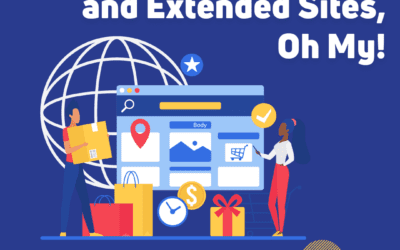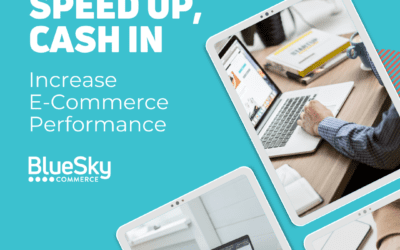These days, it seems that everyone is “moving to the Cloud.”
But what does that truly mean for an eCommerce operation? Whether you’re considering adding a digital channel for the first time, are debating a change in platforms, or are looking for an upgraded solution, the following are just three of the factors you should consider when evaluating a Software as a Service (SaaS) cloud solution.
1. Financial Impact
When you’re weighing the financial impact of any eCommerce implementation, there are three main categories of cost to consider.
Software licensing
The cost of owning a perpetual software license, whether it’s purchased directly or through a third-party vendor.
Hosting
The cost of servers, network, data and bandwidth usage, whether you choose on premise or external hosting.
Managed Services
These costs include IT services, infrastructure support, patching and updating servers, security and disaster recovery planning.
After the initial upfront cost of implementation, cloud solutions spread the cost of software, hosting and managed services evenly over a three to five-year period. Your cloud contract gives you the rights to use the solution, however, there is usually no asset associated with the investment, so the associated costs are generally considered an operating expense.
With the initial purchase of software licenses and infrastructure, as well as implementation services, traditional on premise and hosted implementations usually qualify as assets and are generally considered a capital expense. Knowing that difference, you can look at the costs and think about implementation from a finance and accounting perspective to determine which avenue makes the most sense for your business.
2. Scalability
Traffic and transaction volumes are also important factors to consider as you look at cloud solutions. Is your store affected by seasonal events like Cyber Monday or Back-to-School season? Or, do you maintain relatively steady, consistent traffic year-round?
It’s worth noting that traditional, on premise eCommerce solutions can be complicated, costly and slow to scale. Requiring infrastructure and IT investment, traditional eCommerce solutions make dynamic scalability difficult and problematic, at best.
On the other hand, cloud-based eCommerce solutions are structured to support heavy ebbs and flows in traffic. Not to mention, your business will be relieved of the infrastructure and IT burden as those elements are outsourced to the vendor. When selecting a vendor, discuss your traffic patterns and ensure that vendor is set up to service your infrastructure — do some digging and ensure they’ve had previous success with clients whose traffic patterns are similar to your own.
3. Company Focus
Is software hosting and management a core competency for your business? Are you bogged down by technology that prevents you from focusing on the areas of your business where you and your team can truly make an impact?
If, like many companies, your focus is on driving revenue from your products and services rather than maintaining and patching servers and software, then a cloud-centric solution likely makes the most sense. Choosing a SaaS provider you trust to support and run the technical elements of your eCommerce site will allow you to get back to the core of your business.
Contact us today to see how we can help you.
At BlueSky, we’ve helped clients navigate through these decisions and build a path to be successful in the cloud.





